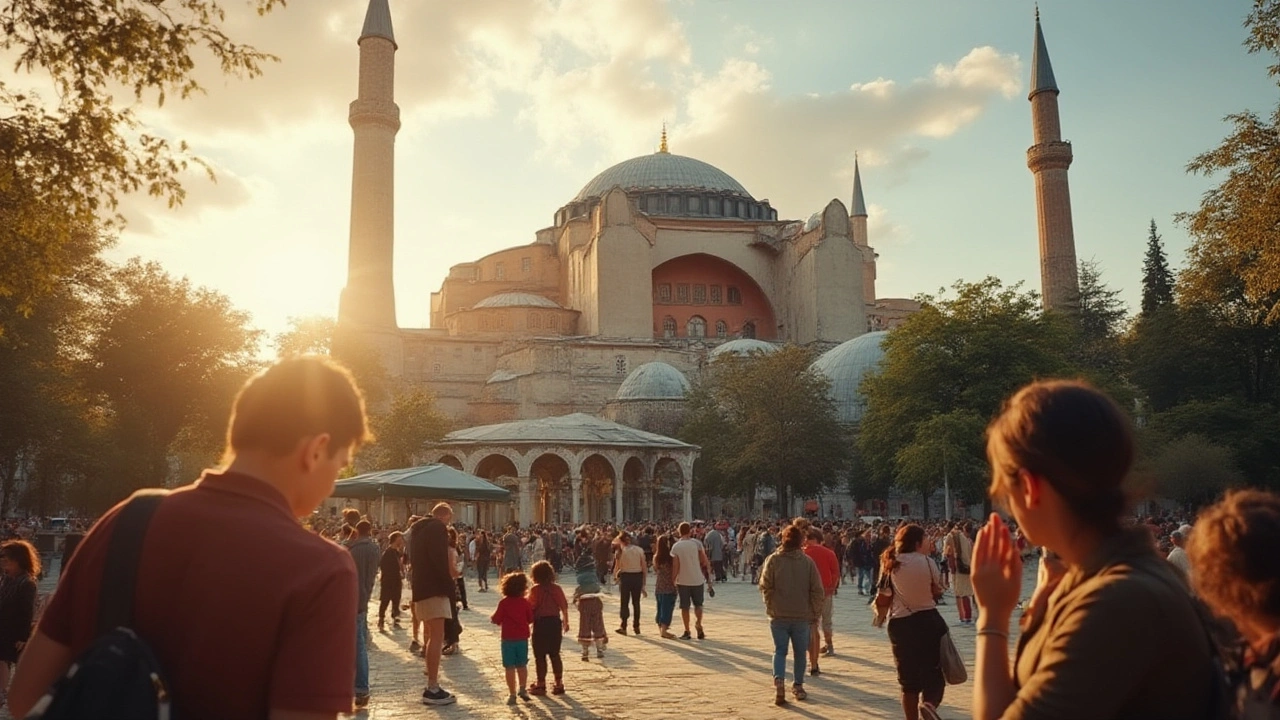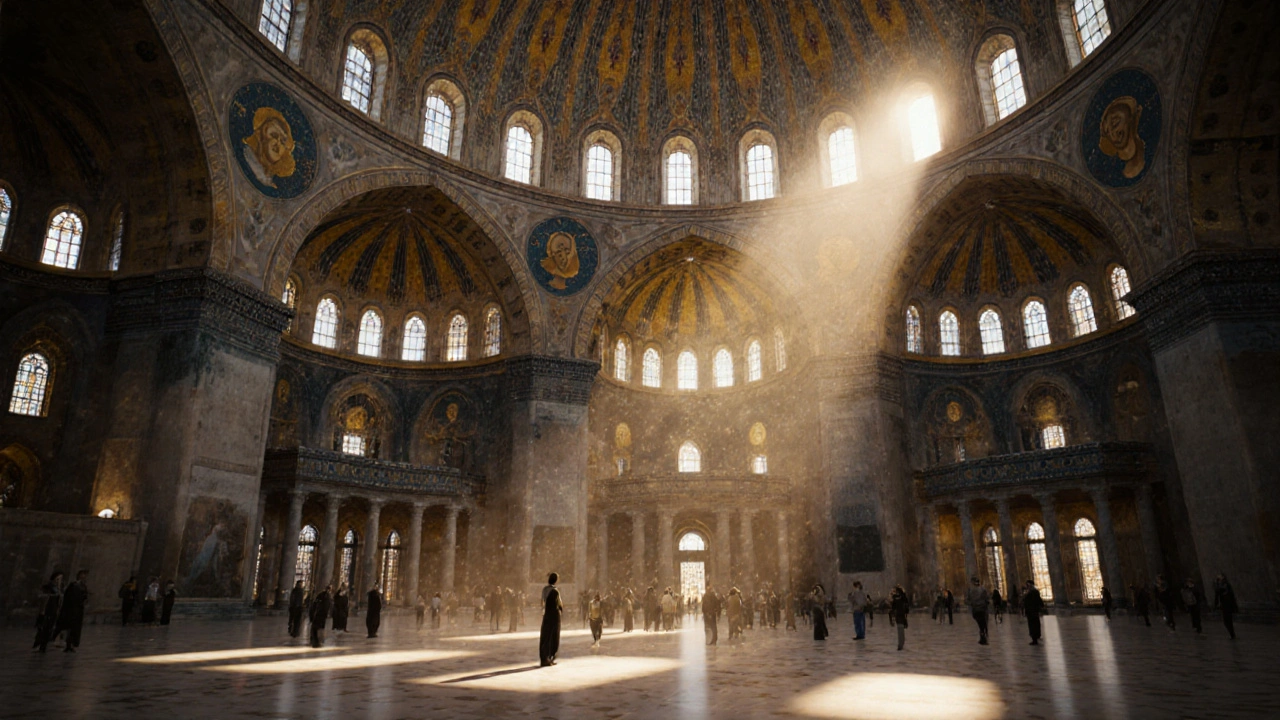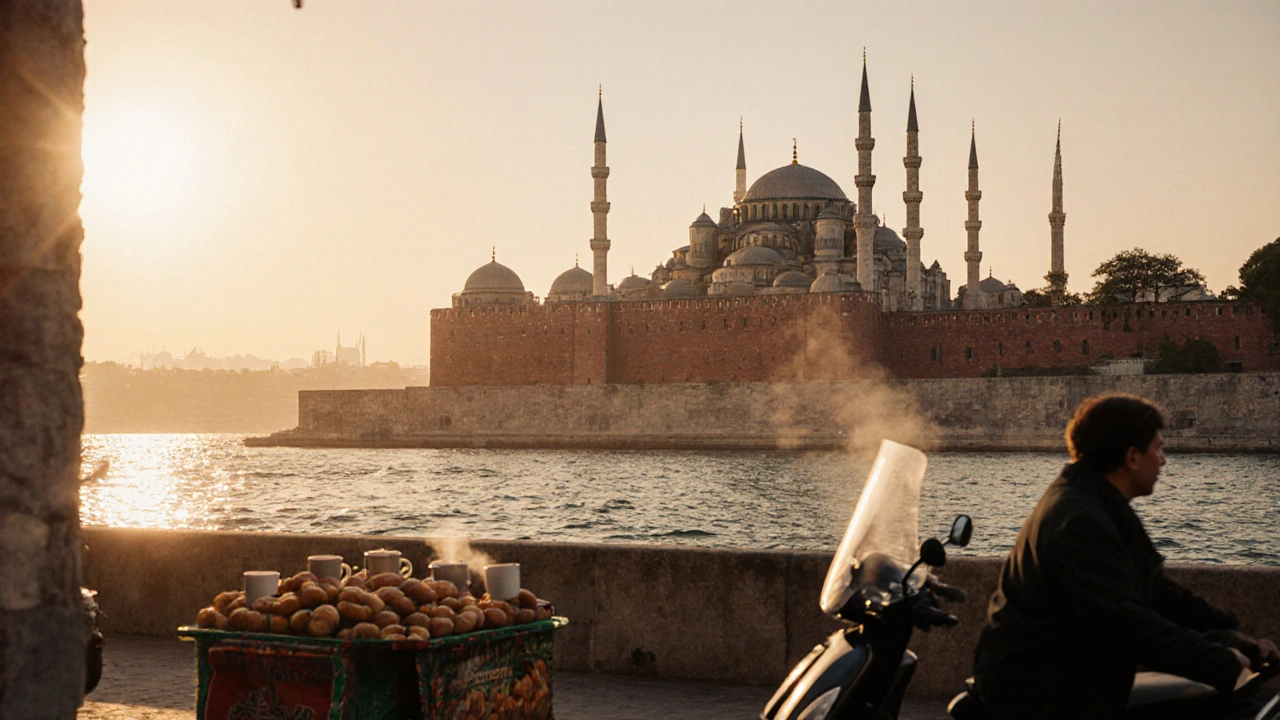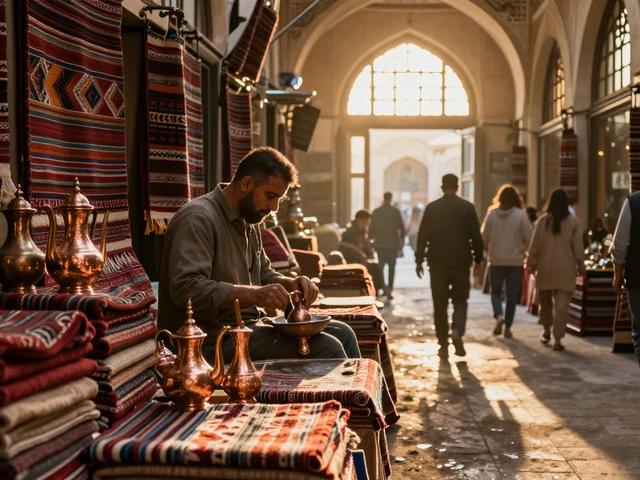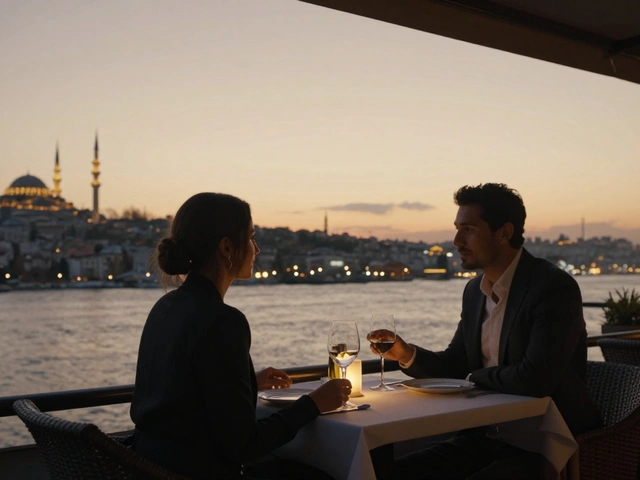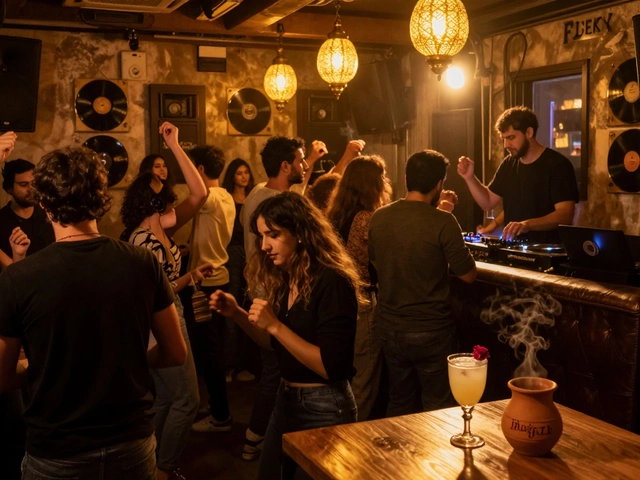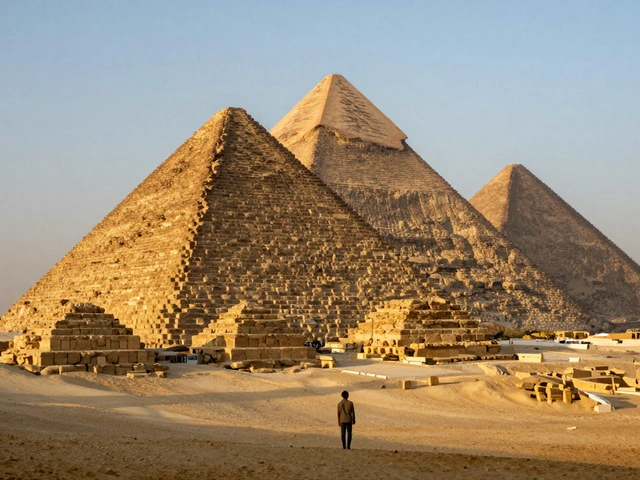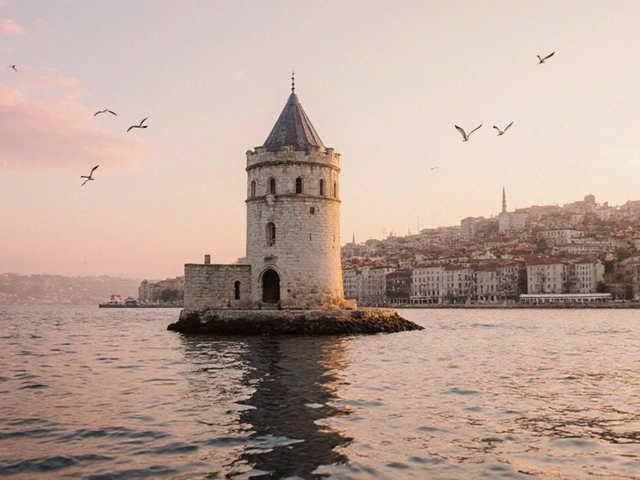A walk through Istanbul’s historical sites feels a bit like time travel—except you have to plan for buses, crowds, and maybe some overly enthusiastic seagulls instead of paradoxes. One minute you’re facing the mighty Hagia Sophia, the next you’re sipping Turkish tea beside Byzantine ruins. But even natives get lost in the labyrinth of history here—late for mosque opening hours, stuck in a traffic jam near Topkapı, or missing a hidden Ottoman graveyard behind a busy kebab shop. Istanbul thrives on contrasts. The city juggles ancient walls and high-speed trams, centuries-old markets and Gen Z cafes. Whether you’re a local wanting to reconnect with your roots, an expat blending history with your daily life, or a visitor determined not to waste your lira, mastering the art of ‘historical time travel’ here can change how you see everyday Istanbul. Let’s get real about how to plan it—so your next visit feels magical, not manic.
Choosing Istanbul’s History Hotspots: What’s Worth Your Time?
There are must-sees and there are ‘hidden gems.’ Istanbul is overflowing with both. Everybody has heard of Sultanahmet—the neighborhood that’s basically a UNESCO parade. Start with the classics if you’ve never been: Hagia Sophia, Blue Mosque, Topkapı Palace, Basillica Cistern. Locals sometimes grumble about the crowds, but even seasoned Istanbulites sneak in at quiet hours for that familiar ‘wow’ moment when the afternoon sun hits the Aya Sofya mosaics. Don’t skip the Chora Church (Kariye Müzesi) if you want jaw-dropping Byzantine art with fewer selfie sticks competing for airspace.
Now, for those spots that might not make it on the Instagram reels but are beloved by in-the-know residents. The Theodosius Cistern on Piyer Loti Street? It barely gets tourist foot traffic and has a haunting beauty, especially in winter. The Old Jewish Quarter in Balat, with its pastel houses and ancient synagogues, lets you feel the pulse of a real neighborhood rooted in layers of multicultural history. Don’t miss Yıldız Park’s Ottoman pavilions, perfect for a peaceful Sunday after battling crowds. And if you adore the quirky, the Museum of Innocence—a love letter to Istanbul from Nobel Prize-winning Orhan Pamuk—blurs fiction and fact while guiding you through a very personal slice of the city’s recent past.
If your time is short, ask yourself: do you want big, breathtaking monuments or dim corners where you can almost hear the past whispering? Locals choose both, mixing the iconic with the eccentric. Weigh what excites you, check for festival closures (since many events fill the old city in spring and autumn), and don’t be afraid to create your own route. The city’s story is never just one narrative—it’s a thousand, all stitched together from daily life, lost empires, and a continuing hunger for discovery.
Navigating Istanbul Like a Pro: Transport and Timing
Nobody wants to be that person who spends more time on a bus than inside the city’s treasures. The secret weapon? Istanbul’s vast public transit network. Most historical sites sit along or within easy reach of tramline T1, linking Kabataş on the Bosphorus to Bağcılar. Hop off in Sultanahmet, Gülhane, or Eminönü without battling taxi chaos or tourist traps. If you’re starting further afield—say from Kadıköy—use the Marmaray train to zip under the Bosphorus, then transfer to T1. Many locals also swear by vapur (ferry) rides; they’re not just scenic but drop you right in the heart of waterside neighborhoods like Üsküdar or Karaköy, both with their own hidden historic nooks, like the Mihrimah Sultan Mosque or Ottoman-era han buildings turned into arty cafes.
Timing matters. Istanbul is a city of tides—people tides. Go early, especially to popular monuments in summer. Even 9:30am can mean beating a queue of tour groups. During Ramadan or after major Friday prayers, some sights will close early or restrict hours, so always double-check with the official MüzeKart website or museum social channels. Got a favorite mosque you visit every year? Local tip: try weekdays after lunch but before the afternoon ezan (call to prayer) when crowds thin and sunlight slants through the stained glass. Istanbul’s weather is also wildly moody. Winter’s cold drizzle keeps crowds away and gives the city a mystical feel—bring an umbrella, but enjoy the solitude. Spring and fall are brilliant for exploring smaller ruins, as gardens explode into color and temperatures stay friendly.
Don’t knock walking. Sometimes unplanned detours turn up fascinating discoveries—the stone markers on Divanyolu, crumbling remains of Constantinople’s walls in Fatih, or that surprise Armenian church tucked behind grocery stalls in Samatya. And if your energy drops, Istanbul’s cafes aren’t just for coffee—they’re for overlong people-watching breaks, drinking in the street scenes, and recharging before the next chapter in your personal history tour.
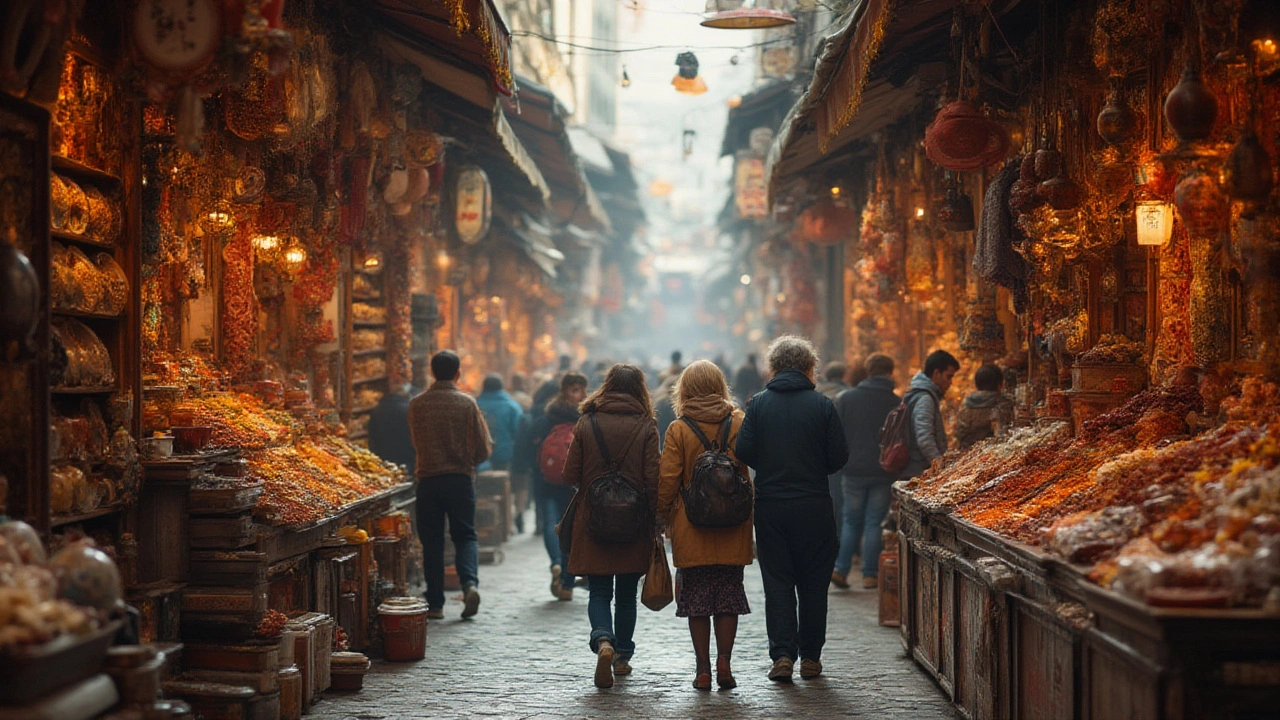
Tickets, Tours, and Smart Ways to Save
If you’re exploring more than one historical site, the Istanbul MüzeKart is your golden key. Locals and residents can order it online or snag it at most museum gates. For a flat price, the card unlocks dozens of the city’s best sites—Hagia Sophia, Topkapı, Chora, Archaeological Museum, and even sleepy outliers like Fethiye Museum. Foreigners have access to the Istanbul Museum Pass, which covers similar ground plus some bonus entries. Pay attention to exclusions (a few spots, like Dolmabahçe Palace, have separate tickets), but this card saves both time and Turkish lira if you’re knocking out several historical haunts on one trip.
Guided tours can sound touristy, but they’re goldmines for context, especially at labyrinthine palaces or underground cisterns. For a local feel, look for walking tours run by Istanbul history buffs—not big agencies. The ‘Istanbul Walks’ series or chats offered by students from Istanbul University can give you a totally fresh perspective. Even Turkish friends sometimes sign up for these, discovering corners they never knew existed. Prefer DIY? Most museums now offer free audio-guide apps in Turkish and English, so your phone becomes your time machine. Download before you go—the Archaeological Museum’s app, for example, highlights key finds you might otherwise shuffle straight past.
Watch for special events. Summer nights sometimes bring evening openings, music concerts in courtyards, or restoration tours led by actual archaeologists. Following the official accounts of Istanbul’s Directorate of Culture and Tourism or sites like Karnaval.com will keep you in the loop for pop-up lectures or rare open days in places usually closed to the public (like the emperors’ tunnels under the Hippodrome). Locals love these ‘hidden’ moments—not just for the bragging rights, but because suddenly the city opens up a new layer, just when you thought you’d seen it all.
Experiencing the Culture: Food, Rituals, and Local Wisdom
History isn’t only found behind ropes and museum glass. Don’t skip Istanbul’s living traditions—the daily rhythms that are as much a part of the city’s story as any sultanic dome. Istanbul’s food, for a start, is tied to its historic layers. Savor börek in the shadow of Süleymaniye Mosque, just like Ottoman apprentice builders once did on their lunch breaks. Hunt for simit (the city’s iconic sesame bread ring) in the bustling Eminönü ferry docks, where food carts have held their territory for generations. The surrounding spice bazaar (Mısır Çarşısı) itself is a centuries-old architectural marvel, built by a sultan’s mother to fund a mosque next door.
Istanbulites know that rituals give places their meaning. On Fridays, you’ll see neighbors exchanging greetings at mosque courtyards before prayers, as families gather for long lunches after a week’s work. Listen for the distant tap of tavla (backgammon) on wooden café tables, a sound that’s echoed since the Byzantine period, and notice how everyone—from headscarfed grandmothers to phone-scrolling teens—pauses to watch the Bosphorus at sunset. Low-key traditions like drinking pickle juice at Kadıköy’s Çiya or peeking into a tucked-away coffeehouse in Çemberlitaş let you step into history without trying.
If you want a deeper sense of place, ask questions. Istanbul locals—despite sometimes rushing—are generous with stories and suggestions, especially if you try a few Turkish words. Many a small museum opens its best secrets to curious visitors, especially those who want to know not just what they’re seeing, but why it matters to the city’s heart. Every neighborhood has its own legendary figure, landmark, or quirky house rule; all you have to do is start asking.
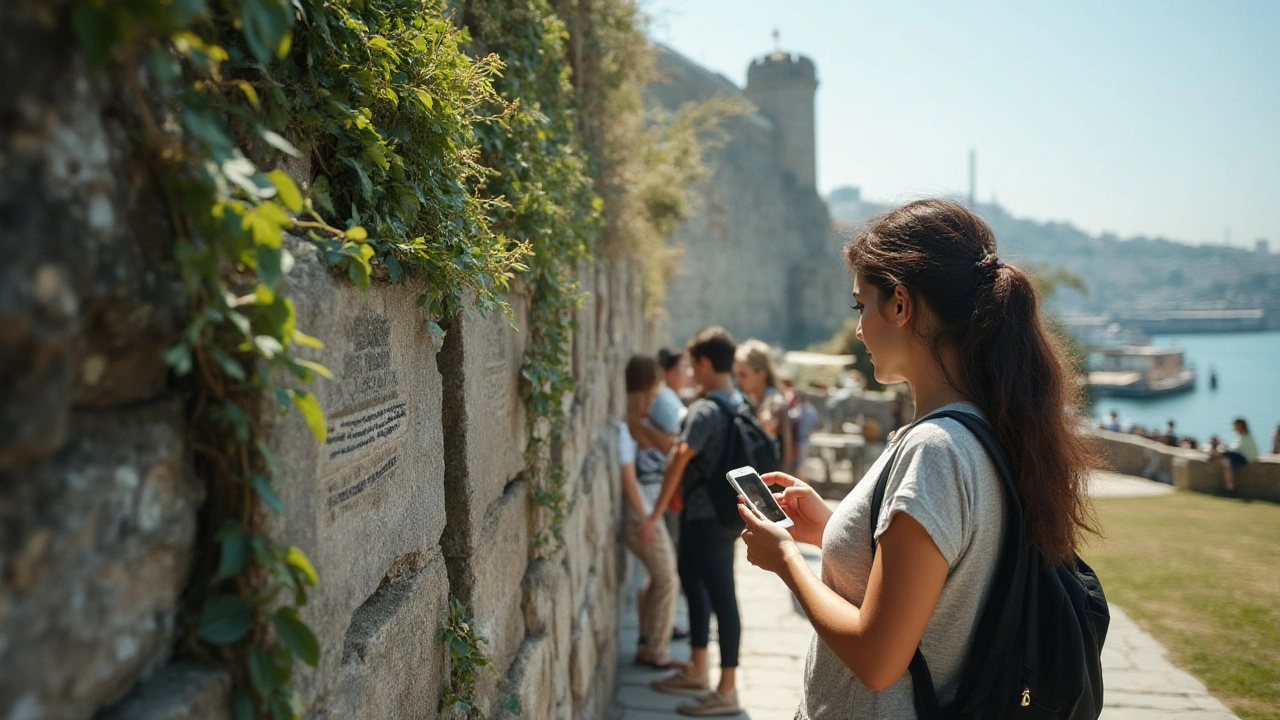
Pitfalls and Local Hacks: How to Avoid Common Mistakes
First-time and returning visitors stumble over the same hurdles, but locals know a few hacks. Top mistake? Ignoring the crowds. Istanbul’s major sites are popular for good reason, but that means massive lines, especially during school holidays or peak tourist season. If you’re headed to Sultanahmet, use the Gülhane Park entrance—few realize there’s a quiet side gate, especially peaceful mid-mornings. At Topkapı Palace, opt for the secondary ticket desk near the Archaeological Museum rather than the one straight off the main square, where lines are longer and tempers run higher.
Another pitfall: underestimating Istanbul’s micro-climates. It can be sweating hot by Galata and breezy-cool up by Pierre Loti. Wear layers, not just for style points—a shawl doubles as sunshade, mosque cover, and emergency picnic blanket. And don’t believe every tout; not every carpet shop owner is a “prince,” and not every restaurant with a rooftop claims a Bosphorus view worth the bill. Istanbul rewards the curious and cautious alike: check online reviews from real residents, ask around at public info booths, and follow Istanbul’s tangled but trusty signage when in doubt.
Lastly, pace yourself. There’s always another corner, another relic, another legend. Leave time for spontaneous detours—a sudden festival in Fatih, a game of street basketball by the old Byzantine aqueduct, or a surprise exhibition of Ottoman miniatures at SALT Galata. The city is a living puzzle, and you’re invited not just to see it but to live within its ever-turning story. Explore, question, and—above all—let the city’s timeline sweep you up. Istanbul isn’t just a place you visit; it’s a place that lets you time travel, again and again, as long as you truly pay attention.
